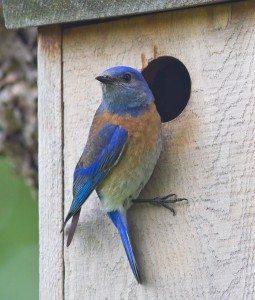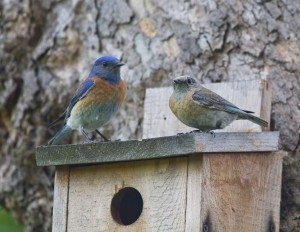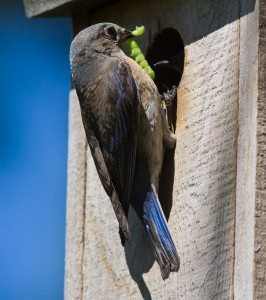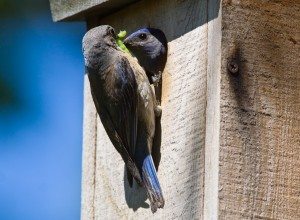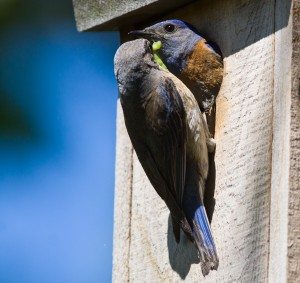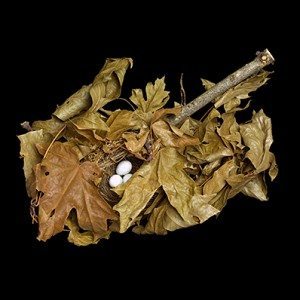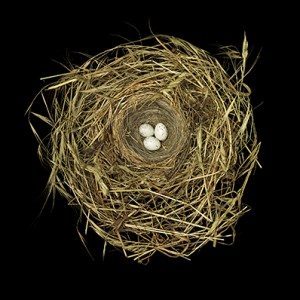Birdathon 2013 – we did it!
By Ilana DeBare
Whew. The fundraising is over, the birding is over, the judging is over, and now even the celebrating is over.
And get this — together we raised more than $47,000 in Birdathon 2013!
This is by far the most we’ve ever raised in four years of Birdathons. In addition, our expenses this year were much less than in the past, in part because Alan Harper and Carol Baird donated their beautiful home as the site for the Birdathon Awards Dinner last Sunday afternoon. (Click here to see a full set of photos of the event.)
These results are a testament to the love and commitment that you, GGBA members and friends, feel for this organization and for the Bay Area birds and habitat that are at the center of our mission.
This has been a tough year financially for GGBA. And you all came through more than ever. Twenty volunteer field trip leaders led Birdathon trips ranging from the Richmond shoreline to Pinnacles National Park. Over 70 people went on those trips or on self-guided ones, raising money from friends and family — that’s an average of nearly $700 raised for every Birdathon participant!
 Birdathon 2013 Awards Dinner in the Oakland Hills / Photo by Peter Maiden
Birdathon 2013 Awards Dinner in the Oakland Hills / Photo by Peter Maiden
More than 450 individuals donated to GGBA during Birdathon — plus we had generous corporate sponsors at Farella Braun & Martel, Dolphin Charters, SCS Global Services Inc., Waste Solutions Inc., Animal Farm Pet Supplies, EMS Solutions Inc., LSA Associates and Recology.
Perhaps our favorite part was those GGBA members who had never done any fundraising before… but went out and raised $100, $300, even $1000! You know who you are. Feel proud.
But enough on the money stuff. We know what you really want to hear about — the winners. Here are the awards that we announced on Sunday:
Elsie Roemer Conservation Award – Dan Murphy (Note: We will be holding a reception in San Francisco to honor Dan’s long history of leadership with GGBA later this summer. Stay tuned for details.)
Paul Covel Conservation Education Award – Dave Quady
Most species on a field trip of six hours or less:
- First place – Glen Tepke and the Oakland Ouzels (105 species)
- Second place – Chris & Gary Bard and the Alameda Avocets (91)
- Third place – Angie Geiger and the Lake Merced team (57)
 Pat Bacchetti accepts a Birdathon award for Glen Tepke and the Oakland Ouzels / Photo by Peter Maiden
Pat Bacchetti accepts a Birdathon award for Glen Tepke and the Oakland Ouzels / Photo by Peter Maiden
 Applauding the award winners / Photo by Peter Maiden
Applauding the award winners / Photo by Peter Maiden
Most species on a field trip of more than six hours:
- First place – Dan & Joan Murphy and Murphy’s MOB (106 species)
- Second place – Michelle Labbe, Jeremy Andersen and the Birding by Bike team (88)
- Third place – Steve & Carol Lombardi, Rich Cimino and the Mines Road team (81)
Best Bird 2013 — Rusty Scalf for the California Condor (Pinnacles National Park field trip)
 Dave Quady presents Rusty Scalf with the Best Bird award / Photo by Peter Maiden
Dave Quady presents Rusty Scalf with the Best Bird award / Photo by Peter Maiden
Birdathon Hero 2013 – Ivan Samuels, for Miwok-style birding and fundraising prowess
Individual Fundraising:
- First place – Bob Lewis (raised more than $2000)
- Second place – Chris & Gary Bard (raised more than $1400)
- Third place – Glen Tepke (raised more than $1200)
Team Fundraising:
- First place – Tilden Park team, led by Bob Lewis
- Second place – Elkhorn Slough team, led by Bob Lewis
- Della Dash
- Pamela Llewellyn
- Bob Toleno & Juli Chamberlin
 Definitely a day for sun hats / Photo by Peter Maiden
Definitely a day for sun hats / Photo by Peter Maiden
 Fari Ansari plates the desserts baked by GGBA volunteers / Photo by Peter Maiden
Fari Ansari plates the desserts baked by GGBA volunteers / Photo by Peter Maiden
Our warmest thanks to everyone who helped make Birdathon such a success — from our inspirational Birdathon Coordinator Della Dash and the volunteers who helped people sign up online, to the folks who helped out with the Birdathon dinner.








